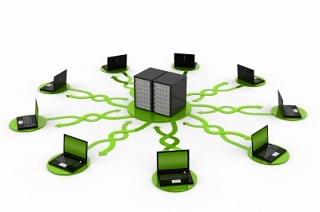-Storage infrastructure. Formed by the necessary hard drive cabinet or cabinets, with sufficient capacity and disk access speed for hosting both the virtual desktops deployed and the data, shared or otherwise, of the virtual desktops deployed.
-Client devices. The devices that will be used to connect to the virtual desktops. Generally, we will define whether they are fixed computers, laptops, thin clients, zero clients or even mobile devices.
In addition to the hardware components it is also necessary to bear in mind that it is necessary to have at least a few software components at the time of launching in production a VDI environment . Stay tuned to our blog because we will talk about them in upcoming posts.







0 Comments